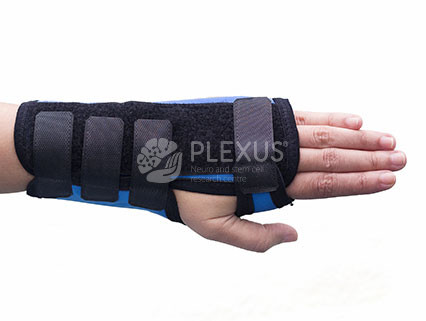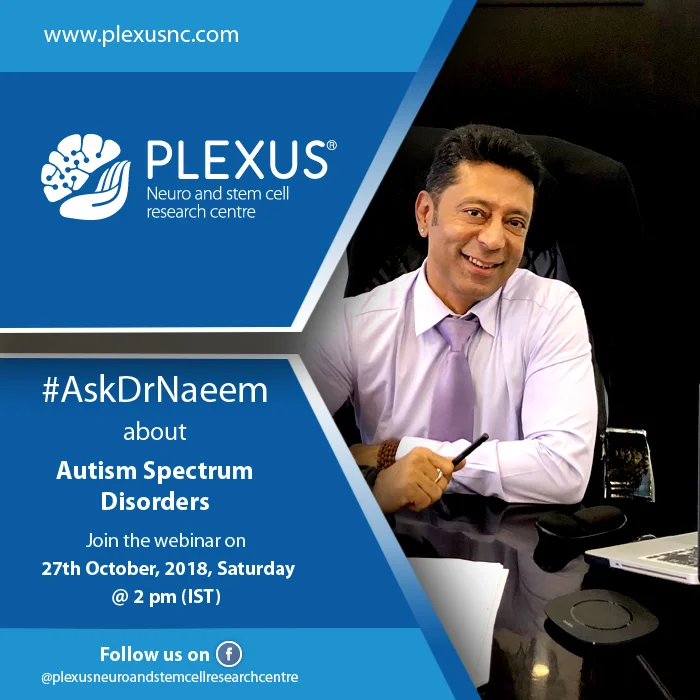- About Us
- Cell Therapy
- Neurology
- Disorders
- Services
- All Therapies
- Regenerative Rehabilitation
- Rehabilitation for Stroke
- Rehabilitation for Spinocerebellar Ataxia
- Parkinson’s Disease Rehabilitation
- Multiple Sclerosis Rehabilitation
- Rehabilitation for Spinal Cord Injury
- Rehabilitation for Motor Neuron Disease
- Rehabilitation for Cerebral Palsy
- Brachial Plexus Injury rehabilitation
- Rehabilitation for Global Developmental Delay
- Childhood Disorders Clinic
- Outpatient Services
- Ask a question
- Request an appointment
- About Us
- Cell Therapy
- Neurology
- Disorders
- Services
- All Therapies
- Regenerative Rehabilitation
- Rehabilitation for Stroke
- Rehabilitation for Spinocerebellar Ataxia
- Parkinson’s Disease Rehabilitation
- Multiple Sclerosis Rehabilitation
- Rehabilitation for Spinal Cord Injury
- Rehabilitation for Motor Neuron Disease
- Rehabilitation for Cerebral Palsy
- Brachial Plexus Injury rehabilitation
- Rehabilitation for Global Developmental Delay
- Childhood Disorders Clinic
- Outpatient Services
- Ask a question
- Request an appointment
A quick guide to Brachial Plexus Injury


Decoding Brachial Plexus Injury
Symptoms of Brachial Plexus Injury
Minor injuries
Often brachial plexus nerves get stretched or compressed due to minor damages in contact sports, such as football or wrestling. These are called stingers or burners that exhibit symptoms such as burning sensation, numbness, and weakness in the affected area.
Major injuries
Common symptoms of Brachial Plexus Injury are:
- Loss of feeling in the arm
- Partial or total paralysis of the arm
- Weakness in the arms
- Numbness in arms
- Limited motion of the arm
Types of Brachial Plexus Injury
Injury to the brachial plexus is fairly common during a trauma like a road traffic accident and during birth since the nerves in the shoulders are quite vulnerable during a delivery. The injury generally takes one of two forms:





Treatments for Brachial Plexus Injury
Depending on the severity of the injury, some patients with Brachial Plexus Injury recover spontaneously, while most regain their normal function through cell therapy, physical and occupational therapy. Another group with more severe injuries will require surgical intervention to achieve better functioning. Getting the right form of rehabilitation can enhance independence and improve quality of life even after the Brachial Plexus Injury. A regenerative rehabilitation program usually comprises of:

Physical Therapy
Physical therapy focuses on improving the strength of affected muscles, relieving pain, and improving muscle tone and sensory awareness of the extremity. Physiotherapists provide exercises that help in restoring function in the arms and hands, improve joint range of motion and flexibility. Direct current stimulation, bracing, therapeutic exercises, and biofeedback are used to maximize the functioning of the affected upper extremity.
Occupational Therapy
The goal of Occupational Therapy is to enhance daily life skills like eating, dressing and cooking in cases that involve severe muscle weakness, numbness, and pain. It consists of a number of treatment approaches that help to improve the functioning of the affected area. These include muscle re-education and retraining therapy, sensory re-education therapy, mirror therapy, hand function training, ADL training, hand splinting, and improvement of play skills in children.

Our treatment program at Plexus

At Plexus Neuro and Cell Research Center, our Cell Therapy has yielded promising results for the treatment of Brachial Plexus Injury. Dr Na’eem Sadiq and his experienced team extract and administer cells taken from the bone marrow. The regenerative properties of the cells help in repairing the damage caused due to traction or tear.
We also provide a customized intensive rehabilitation program for Brachial Plexus Injury, consisting of key therapies such as Occupational Therapy and Physiotherapy. Our team performs sensory re-education therapy to help you retrain your sensory pathways, adapt to changed abilities, and regain function.
What our patients say

Rohini, mother of baby Abhiraj (name changed)
“We went to Plexus for treatment of my child’s hand. My 2-month-old baby was not moving his right hand and his right side looked weak and different from the left. At Plexus his treatment was carried out for one month and he completely recovered after that. He started holding his toys and started moving his right arm. I am extremely grateful to the doctors at Plexus for improving my child's condition.”

Dhruv Singh (name changed)
“After my injury, my hand was paralyzed and there was no sense in my entire arm and hand. I took cell therapy, physiotherapy, and occupational therapy at Plexus and saw a great improvement in the sensation and movement of my hand. I even attempted to drive a car and was successful. I thank Dr Na’eem and his team for providing me with the best form of treatment for my injury.”
FAQs answered
OBPI is an injury in the newborns, where the brachial plexus gets damaged during labour and delivery leading to flaccid paralysis of the affected limb.
Apart from birth injuries the most common causes include trauma , accidents, fractures and dislocation of the shoulder joint. The common symptoms are a lack of feeling or control in the arm, shoulder, or hand. In more severe cases, the limb may be partly or totally paralyzed.
A splint is an effective part of the treatment for BPI. It is used to reduce tightness, improve range of motion and improve functions of the affected joints and muscles. There are many different kinds of splints for different causes, and each type has its own use. For example, one patient might need a splint that stabilizes the elbow while another might have one that gives stability at the shoulder for functional use of the hand.
A comprehensive treatment plan, including Cell therapy, physiotherapy, occupational therapy, and the use of splints, can greatly aid the patient’s recovery.
Recovery after a birth Brachial Plexus injury largely depends on the extent of damage, the age of the child and the time elapsed post the injury. Many children with OBPI gain complete recovery if timely intervention is given.











